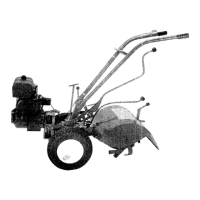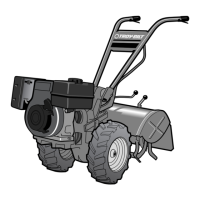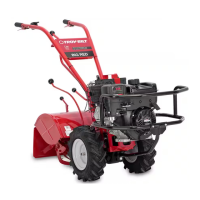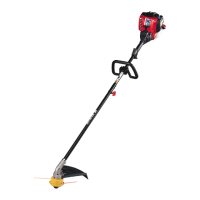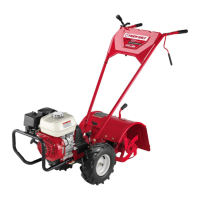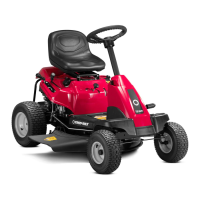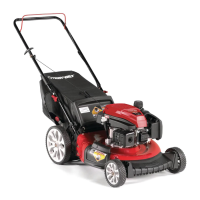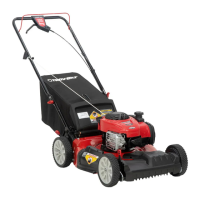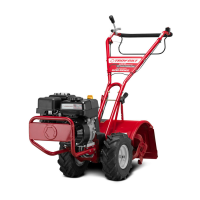BROADCAST PLANTING IN WIDE ROWS
SAVES SPACE
Shown
in
Photo
5/43 is a
row
of
lettuce
and
peas in a relatively
compact
area.
The
seeds
were planted
hand-broad
cast-style
lightly
over
an
entire
row
to
a
ten-inch
width.
When
the
crop
is finished,
it
gets
tilled
right
under
and an-
other
variety replanted
over
it
or
more
seeds
of
the
same variety are planted.
Do
this
in three
stages
for
a
continuous
supply
throughout
the
growing
season.
(Photo 5/43)
Broadcast
planting
in wide rows.
(Photo 5/44)
Measuring
off
row
with
string.
The same
procedure
can be
followed
for
spin-
ach, peas, beans, kale, beets,
carrots
and sever-
al others.
This
thick,
closely-spaced seeding
method
can
produce
excellent
yields
in
Troy-
Silt
gardens,
where
soil is
unbelievably
fertile
from
frequent
tilling
in
of
organic
matter. The
weeds are nearly
eliminated
because
the
close
plant
growth
shades
them
out.
Shading
also
holds
moisture
in
the
ground.
Planting in very
long,
straight
rows in
this
fashion also saves
time
in
cultivating
and saves space in
the
gar-
den. Wide rows can be planted even ten feet
wide.
Extra
time
spent in measuring
the
row
with
strings
(as
shown
in
Photo
5/44)
will
payoff
in
appearance, ease
of
picking
and
ability
to
closely
cultivate
between
growing
rows
with
a
Troy-Silt,
without
damage
to
the
foliage.
ANOTHER SPACE SAVING METHOD
An
annual
supply
of
beans is easy
to
handle
in
this
typical
fashion, planted in
two
double
rows
as
pictured
in Photo 5/45. Leave
room
for
a
tiller
width
plus
sidegrowth.
Then,
plant
a
double
row
on
each
side
of
the
cUltivating
or
mulch
path. It is still required
that
seedlings be
thinned
according
to
the
manufacturer's
direc-
tions
on the packet
for
full
development
of
the
plants.
(Photo 5/45)
Double
planted
rows
save space.
This
section
of
a vegetable garden
shown
in
Photo 5/46, makes
the
most
use
of
its space
by
leaving
just
enough
room between
double-
planted rows
for
walking
and
picking.
After
harvesting,
the
Troy-Silt
Roto
Tiller-Power
Com
poster
will
shred and
turn
under
all
this
vegetation
while
still green
without
unbear-
able
tangling
with
the
tines.
Photo 5/47
shows
a fast
growing
variety
of
lettuce
utilizing
a
narrow
strip
between
corn
plantings.
This
is
the
Troy-Silt
method
of
truly
maximizing
use
of
available space.
73
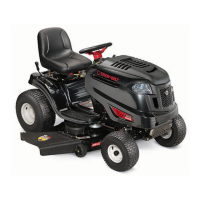
